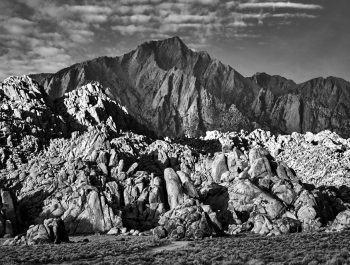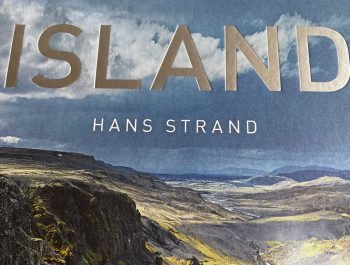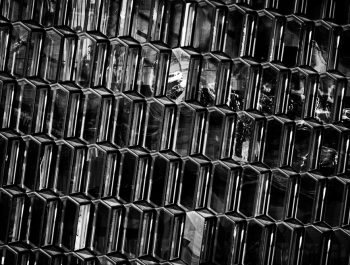The Making Of The Book Island

The images in this book are a mix of photographs taken from ground level and from the air. I have crisscrossed the interior of the country thousands of kilometers in 4×4 jeeps. This to get off the beaten track of tourism and to avoid the most common vistas. This book is therefore not a collection of the most famous natural attractions of Iceland. It is more a personal interpretation of my own experiences traveling in the country. Traveling in Iceland is not only an experience of spectacular landscapes, but it is also a weather experience. Iceland is about the power of nature in all its senses. The wind is stronger than in any other place I have visited and therefore the rains tend to be more horizontal than vertical. Even at the peak of the summer, there can be heavy snowfall. With this reality, I have very few sunrises or sunsets in this book. The result is more about my way of dealing with the most common type of light and weather. The typical Icelandic gloomy overcast light is actually a fantastic light to work with. It gives a very wide tonal range to your photographs.
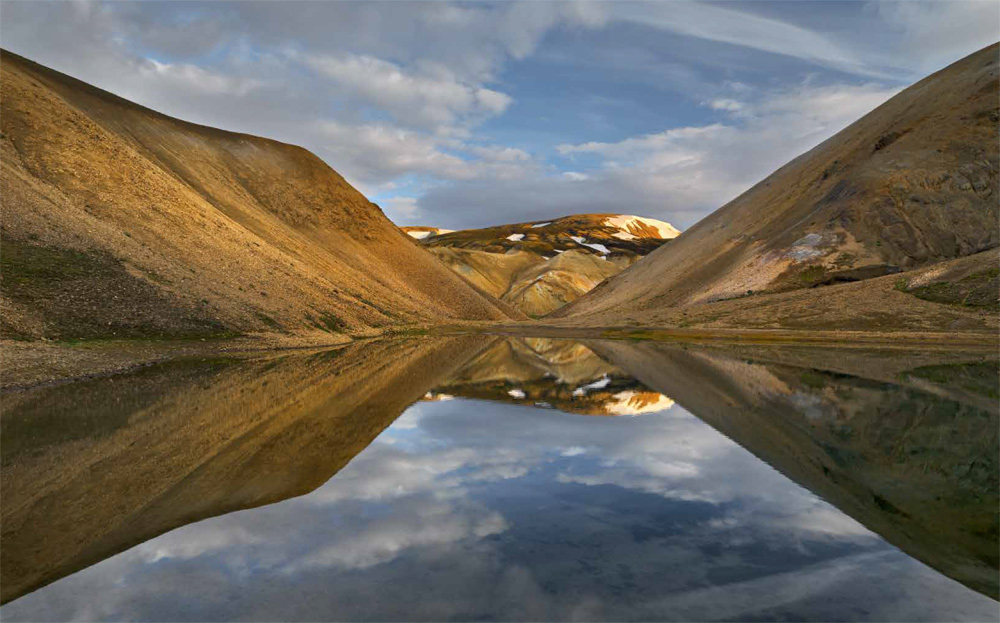
Soft, but still saturated colors and nice contrast. As an old school photographer, I am trying to make my images with detail in both the deepest shadows as well as in the brightest highlights. This is so much easier in overcast conditions than in bright sunlight.
I believe in a documentary style with authentic photographs and I am therefore no fan of high color saturation, HDR technique and the use of dense ND-filters. I have always tried to reproduce the same color and contrast as I perceived the landscapes with my own eyes. My general work in the postprocessing has been to make the images balanced. Basically, I have used dodging and burning in the way of the classical darkroom.
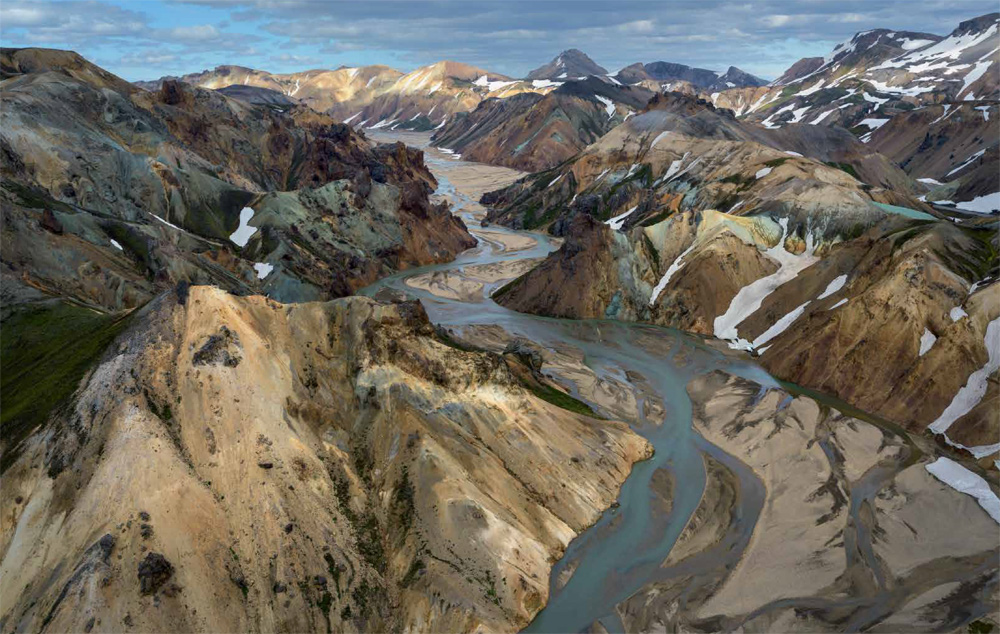
One of my most memorable visits to Iceland was in May 2010 and the eruption of the volcano Eyjafjallajökull. The eruption had started already 14 weeks before I managed to come over and was slightly reduced in strength, but still quite an experience. The sheer power of an eruption is hard to describe, but the ground vibrates and the air is full of smelling gases and ash. This eruption was considered a small one and still, it gave echoes all over Europe. The ash emitted into the atmosphere stopped thousands of flights during the two months of the eruption. My challenge after arrival at the eruption site was to find a pilot who could take me up in the air for some aerials. The perspective from the ground was not so interesting and too far from the volcano. Luckily I found Omar Ragnarsson, who had his own Cessna 172. With skilled maneuvers, he did two flights with me. One in the early morning light and one in the afternoon in overcast conditions. The images from these two flights came out very different. The morning shots were even a bit romantic and warm in color whereas the afternoon shots came out blueish, frightening and rough.
I was never meant to be flying. Ever since I was a child I have suffered from motion sickness. Even going by bus was a challenge for me, I always needed to sit in the far front of a bus in order not to vomit. In 1995, during my first visit to Iceland, I discovered a book with aerial photographs of Iceland by German photographer Klaus Francke. I was blown away by the colors and the complexity of the Icelandic landscape. I did not quite believe the authenticity of the colors though; I thought that must be some technical mumbo jumbo hidden behind unbelievable hues.
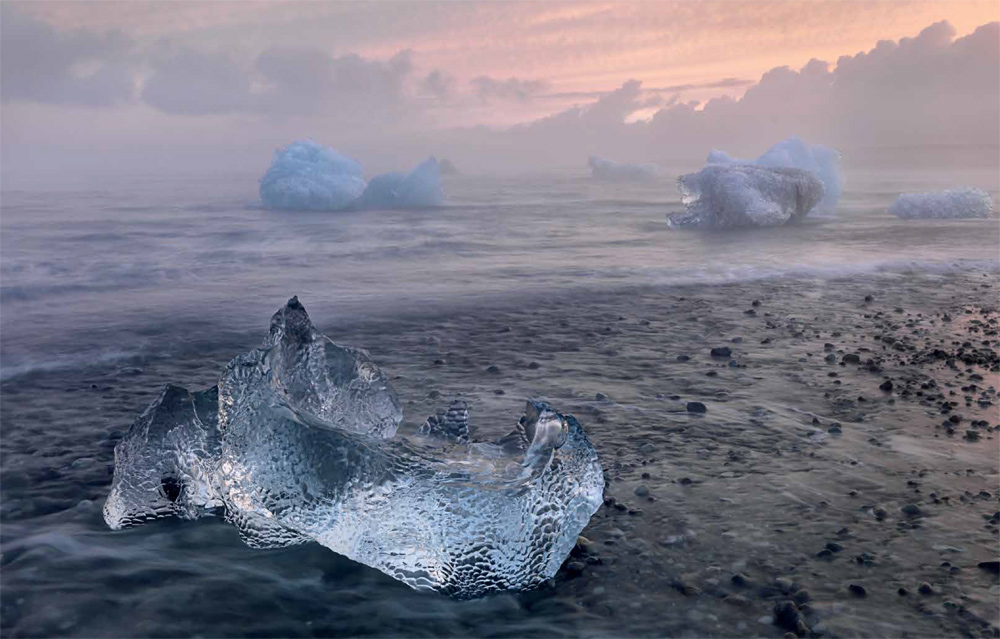
Such yellow, orange and red colors could not simply exist. The secret must be perhaps using infrared film? This book made me eager like crazy to go back to Iceland again and to try some aerial shooting myself – but how the heck should I be able to do it with all the motion sickness problems in my genes? It took me 5 more years before I went back to Iceland. In August 2000 and with a triple dose of anti-motion sickness pills in my veins, I was finally sitting in a Cessna 172 Skyhawk looking down on the Icelandic landscape. Believe it or not, these surreal colors really exist.
It was due to the high content of iron in the volcanic soil and with exposure to water, it transforms into iron-oxide, hence these rusty colors. On top of these surreal colors the flows of the Icelandic rivers where more complex than anything else, I had ever seen before. Not only the fantastic colors and the complex river flows, but I also had an extra buzz from the side effect of the pills. I saw triple of everything down below and bright objects remained on my retina several seconds after I first saw them like watching a rock concert on an old TV. Being a lover of chaos photography however, I was hooked and trying to balance these abstract landforms in the viewfinder became an addiction for me. I have now flown every year since 2000 and used several pilots. I have vomited in the air twice and I sometimes have had to be picked up by car out in the country due to disastrous air sickness.
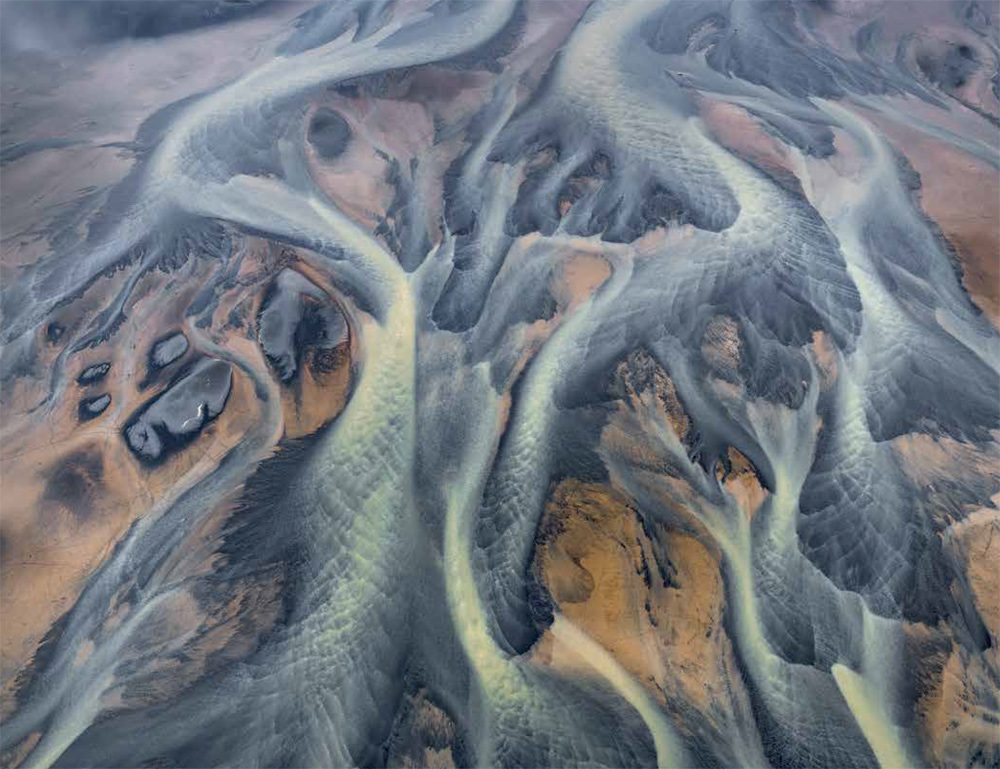
The best Cessna pilot I ever had refused to fly with me again for this reason. Despite these problems, I, have continued to fly and nowadays I have found a complete cure for my problem. I use a small patch called Scopoderm behind my ear. I put it on the day before I fly and 12 hours later I am a Superman. Today, 18 years after my first flight, I have flown a total of 122 hours over Iceland. Most of this time has been in high winged Cessnas, but in recent years I, have also used helicopters.
When I fly, I concentrate hard on the composition. By moving the camera around in all directions I try to find a good balance in the framing. I look extra at the corners and when these are in harmony I take the picture. Most of the time I try to avoid horizons in my aerials to make them more abstract. An aerial with a horizon easily becomes a postcard type of photograph. Easy to digest and with very little personality. To include a horizon and a sky reveals the truth of the abstraction and also the proportions of the landscape. I find it interesting not to reveal the scale and also leave the viewer with something wonder about. People don´t always need to understand my photographs. The only time I include horizons is when shooting mountains where I still think they have some relevance.
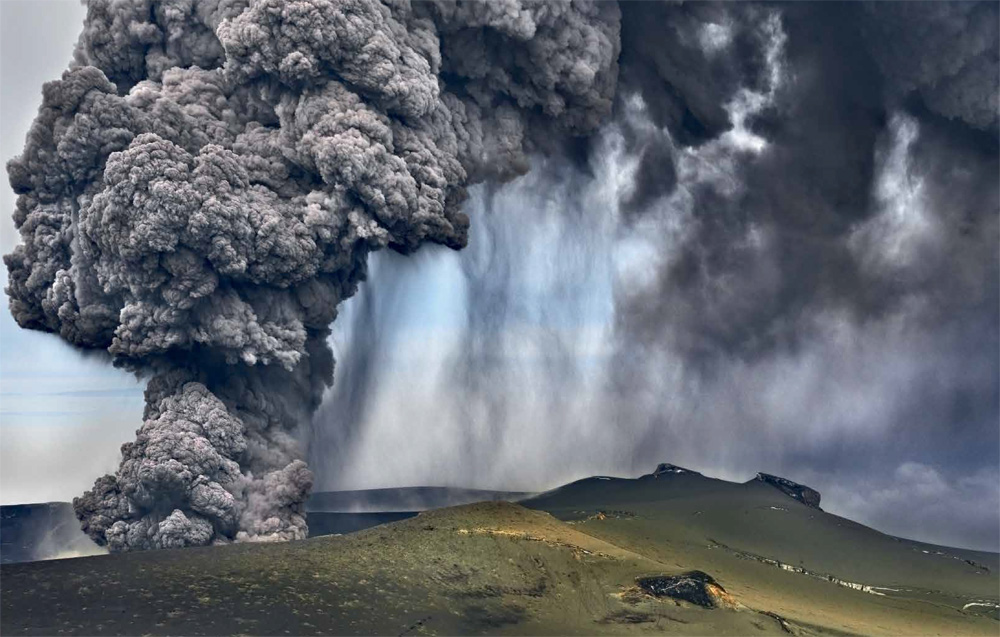
I have used two camera systems for the making of the photographs in this book:
Hasselblad H digital medium format 39 and 50 MP, with 28, 50, 80, 120 and 210mm lenses.
and Nikon D800 and D850 DSLR, with prime 15, 21, 28, 35, 55, 85 and 135mm Carl Zeiss lenses.
Hans Strand
December 2019
Strockholm, Stockholm
Hans Strand, born in 1955 in Marmaverken, Sweden. In 1990, after a nine-year career in mechanical engineering he decided to devote his life to landscape photography. Its a change he never regretted. Hans has always felt himself drawn to the untamed and unmanipulated emotions and expressions that he finds in nature. He often says: ”The wilderness is the mother of all living things. It is always true and never trivial”. Hans work takes him to diverse places worldwide; from polar deserts to steaming rainforests and expansive deserts. The internationally awarded landscape photography is seldom a portrait of a place, but an expression of forces that create and mold a landscape. His pictures, frozen in a static frame, still tell a story of movement, time and evolution. Lately his photography has also taken a course away from the untouched and wild nature and focused more on people´s influences on ecosystems. Photographs of water pollution and the visual magic of manmade agricultural landscapes have become an important ingredient in his in recent work. Hans Strand is frequently published in international photo and art magazines and his work has created a worldwide following. He has won thirteen international awards, including the Hasselblad Master Award in 2008. He has published seven books, often with themes relating to the environment and peoples relations to nature and landscapes. The two latest are Iceland Above&Below and Intimate I. He lives in Stockholm, Sweden, with his wife Carina and daughter Johanna. Apart from photography he has a great passion for classical music and he is a lover of Burgundy wines.






